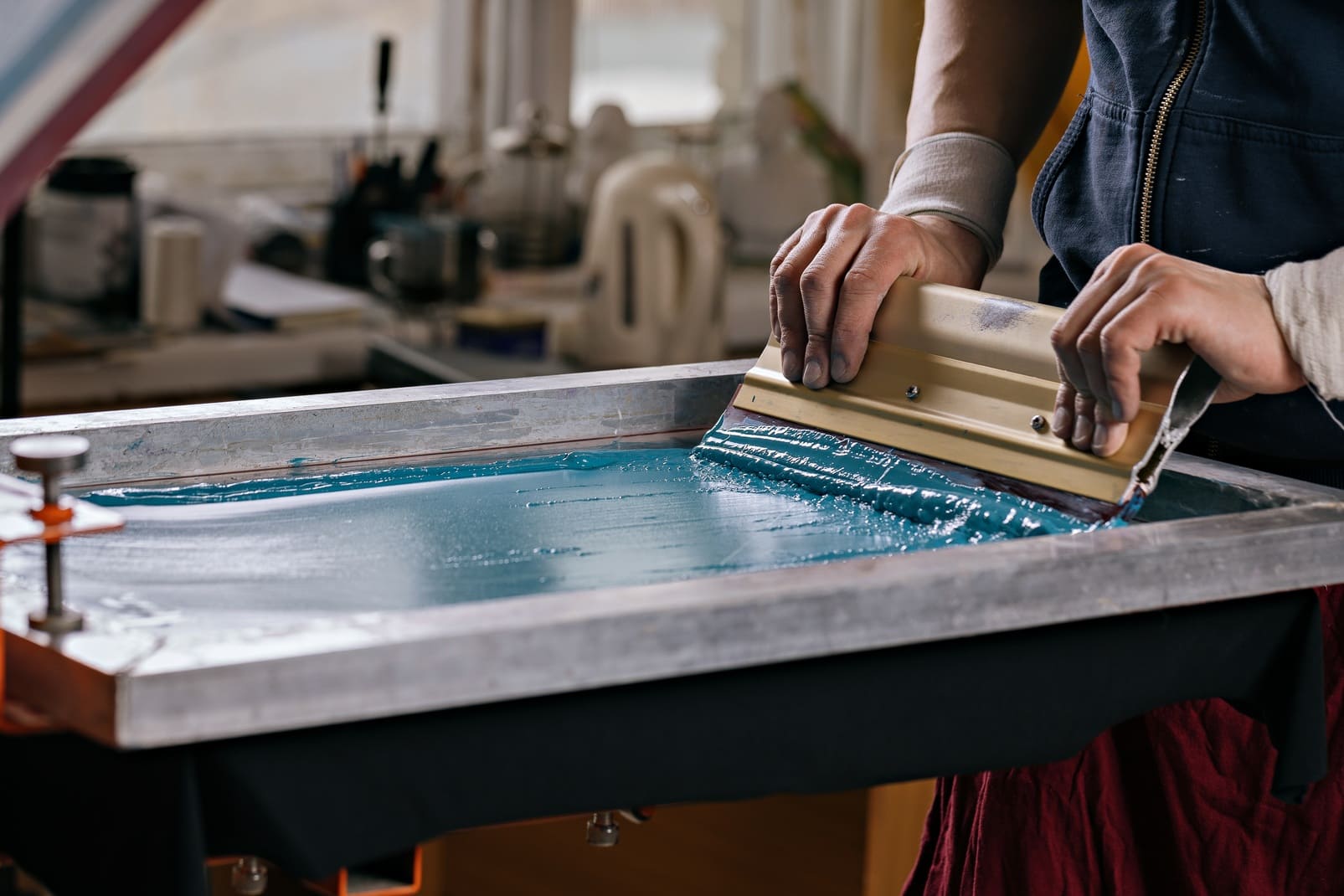A Guide to Printing Methods in Fashion: Techniques and Trends
Printing on fabric is an essential aspect of fashion design, allowing for endless creativity in patterns, colors, and textures. Whether you’re a designer, a fashion enthusiast, or simply curious about how your favorite prints are made, this guide will introduce you to the most common fabric printing techniques used in the industry today.
1. Screen Printing
How it works: Screen printing involves pushing ink through a mesh stencil (screen) onto the fabric. Each color requires a separate screen.
Best for:Bold, vibrant designs with sharp details.
– Durable and long-lasting prints.
– Cost-effective for large batches.
– Not ideal for highly detailed or gradient designs.
– High setup cost for small orders.
2. Digital Printing (Direct-to-Garment – DTG)
How it works:Similar to an inkjet printer, digital printing applies ink directly onto the fabric using specialized printers.
Best for:Complex, photorealistic designs with many colors.
– No setup costs, great for small batches.
– Allows for intricate details and gradients.
– Less durable than screen printing over time.
– Can be more expensive for large quantities.
3. Heat Transfer Printing
How it works:A design is printed onto transfer paper and then heat-pressed onto the fabric.
Best for:Custom apparel, logos, and small-scale production.
– Quick and easy for one-off designs.
– Works well on polyester and blends.
– May crack or fade after repeated washes.
– Not as breathable as direct printing methods.
4. Sublimation Printing**
How it works:Dye is converted into gas under heat, bonding with synthetic fibers (usually polyester).
Best for:All-over prints, sportswear, and vibrant designs.
– No fading or cracking—the design becomes part of the fabric.
– Seamless, full-color coverage.
– Only works on light-colored, polyester-based fabrics.
– Requires specialized equipment.
5. Block Printing
How it works:A hand-carved block is dipped in dye and stamped onto the fabric.
Best for:Artisanal, bohemian, and traditional designs.
– Unique, handmade aesthetic.
– Eco-friendly with natural dyes.
– Time-consuming and labor-intensive.
– Difficult to achieve perfect consistency.
6. Rotary Printing
How it works:A cylindrical roller transfers dye onto fabric in a continuous process.
Best for:Mass-produced fabrics with repeating patterns.
– High-speed production for large quantities.
– Consistent, high-quality prints.
– High initial setup cost.
– Limited to simpler, repeatable designs.
7. Discharge Printing
How it works:A bleaching agent removes color from dyed fabric, creating a print.
Best for:Soft, vintage-style prints on dark fabrics.
– Creates a soft, breathable finish.
– Eco-friendlier than some other methods.
– Works best on 100% cotton.
– Limited color options.
Which Printing Method Should You Choose?
– For small batches & detailed designs:Digital or heat transfer.
– For large-scale production:Screen or rotary printing.
– For sportswear & vibrant colors:Sublimation.
– For handmade, artisanal looks:Block printing.
Each printing method has its strengths, and the best choice depends on your design, fabric, and production needs. As technology advances, new hybrid techniques continue to emerge, offering even more possibilities for creative fashion.
Which printing technique do you love the most? Let us know in the comments!
—
Would you like any modifications or additional details on a specific method? Let me know how I can refine this post for your audience!


